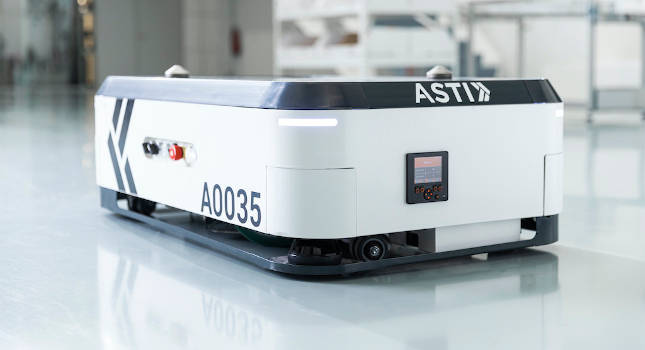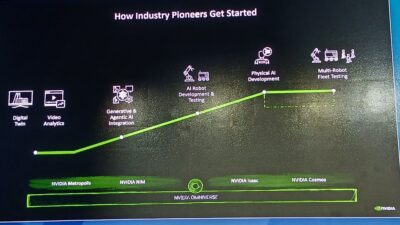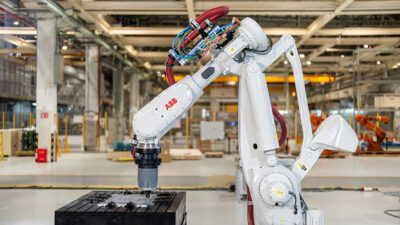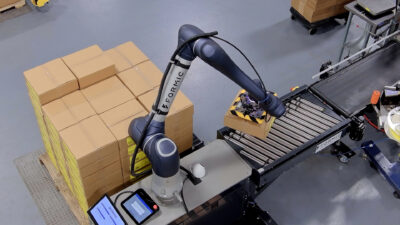Autonomous mobile robots (AMRs) have a big future in the industrial sector and the buyers may come from unexpected places as manufacturing itself changes and evolves.

ABB’s recent announcement to acquire Spanish mobile robot company ASTI underlines something we all knew: Autonomous mobile robots (AMRs) have a big future in the industrial sector.
ASTI has been around for 35 years and employs over 300 people and is the 4th largest vendor of mobile robots in Europe by revenue. It is a well-established player in a market that is better known for recent start-ups. Another thing that sets ASTI apart from many competitors is the range of industries it serves: whereas many AMR companies have a dominant focus on e-commerce and warehousing, ASTI is well established in a range of industrial and manufacturing markets. This will be an important part of the reason they have attracted the attention of ABB. What lessons can be learned from the ABB-ASTI deal?
AMRs are coming to a production line near you
It’s hardly a surprise AMRs are going to become widely used in the world’s factories. But this move from ABB does indicate the shift toward using mobile robots on the production floor is going to be deep and profound. ABB is one of the world’s biggest automation groups, and its customer base is very largely industrial. It is also arguably a conservative company – and it would not be buying ASTI unless it saw serious short-term potential for the deployment of AMRs in factories on a much wider scale than is currently the case.
Interact Analysis’ research shows the market for mobile robots in manufacturing environments will generate more than $13 billion in cumulative revenue in the next four years. This compares to a market of $19 billion for mobile robots in logistics in the same period. The ASTI acquisition is likely to be customer-driven, and it seems almost certain that some of ABB’s major industrial customers are already moving fast to implement mobile robots as part of flexible production set-ups on their manufacturing lines.
Acceptance of AMRs by an industrial automation leader sends a strong signal
The industrial robot market is dominated by a relatively small number of suppliers, and ABB itself is the third-largest vendor of fixed industrial robots in the world. The company is almost alone among its peers in having acquired a mobile robot capability. The other main example being Omron, which purchased mobile robot vendor Adept in 2015, and used the technology to create a successful integrated offering for vendors of both mobile and fixed robots.
Further mergers and acquisitions in the mobile robots space are, of course, guaranteed, and it seems a fair bet the pace will increase. Major industrial robot competitors are likely to now see a definite need to develop AMR technology (and it is likely they already had plans to do so even prior to this deal).
This trend is unlikely to be restricted to industrial robot manufacturers alone. AMRs are different technologically than fixed industrial robots and the technology sits well alongside wider industrial automation portfolios. It’s therefore perfectly plausible for industrial automation companies which are not well established in industrial robotics to look to develop an AMR competency. For this reason, many such companies may also make moves to acquire AMR technology in the coming years.
Many AMR companies are under ten years old, and many are at a difficult stage: a stage where they need to decide whether to cash in now, or to put in the significant investment the next level of growth will demand. In a crowded market, only a small number can successfully proceed to the next level. What the ABB acquisition shows is buyers of AMRs can pop up in unexpected corners.
– This article originally appeared on Interact Analysis’ website. Interact Analysis is a CFE Media content partner. Edited by Chris Vavra, web content manager, Control Engineering, CFE Media and Technology, [email protected].



